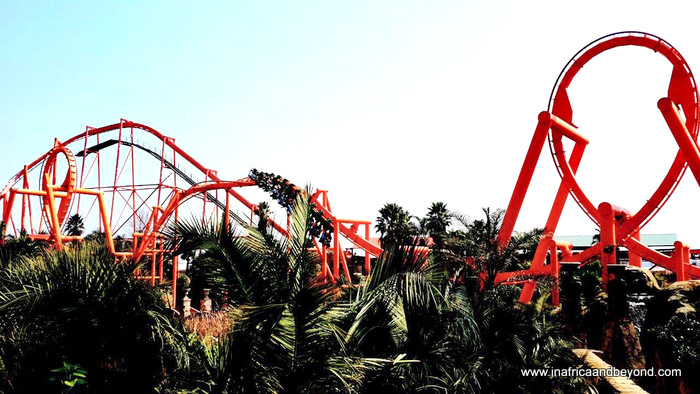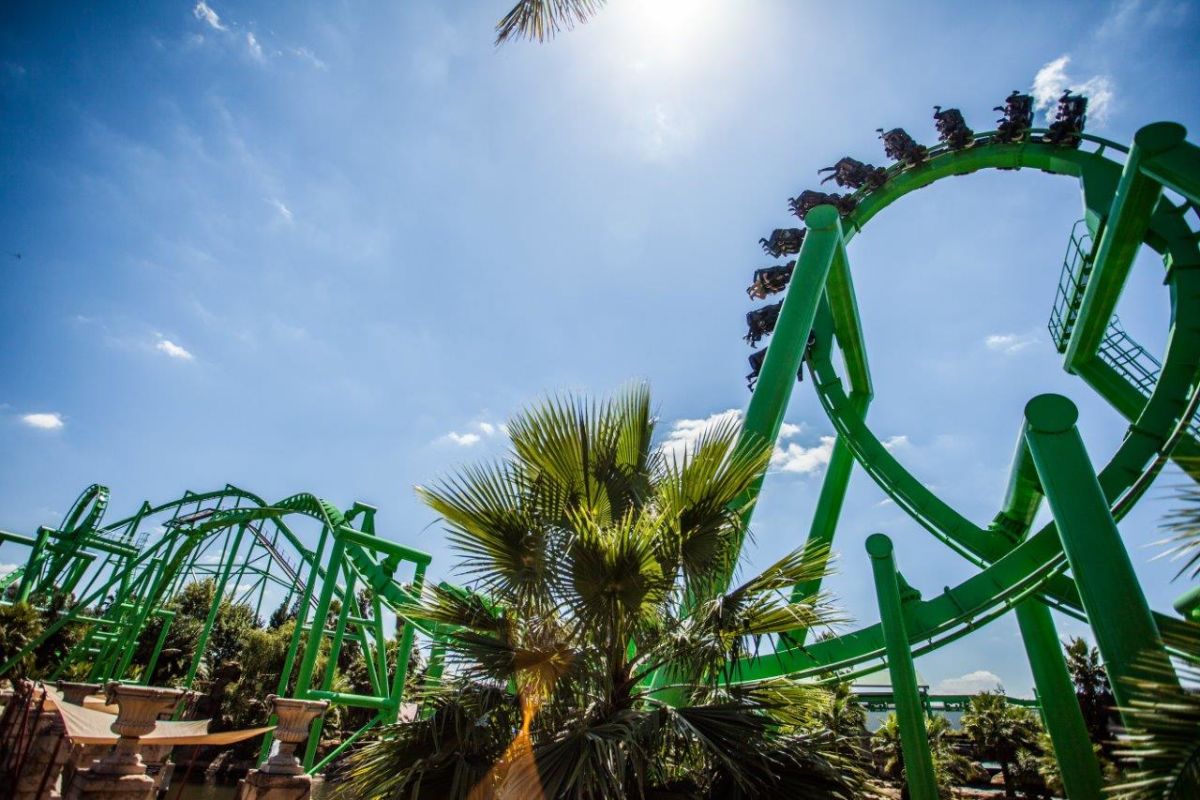Johannesburg North Attractions - Truths
Johannesburg North Attractions - Truths
Blog Article
Johannesburg North Attractions Fundamentals Explained
Table of ContentsThings about Johannesburg North AttractionsThe Johannesburg North Attractions IdeasIndicators on Johannesburg North Attractions You Should KnowThe Best Guide To Johannesburg North AttractionsJohannesburg North Attractions for BeginnersThe Best Guide To Johannesburg North Attractions
The city owes its location to the visibility of an also extra priceless resource: gold. The city grew on the side of the Witwatersrand Main Reef, a below ground stratum of gold-bearing quartz-silica conglomerate that arcs for hundreds of miles under the Highveld. The majority of the gold mines in the city discontinued procedure in the 1970s, however in its day the Witwatersrand gold industry made up greater than 40 percent of the world's annual gold manufacturing.Johannesburg has a temperate environment. The city delights in concerning 8 hours of sunlight per day in both wintertime and summertime.
What rainfall the city receives falls virtually exclusively in the summer season, usually in amazing late-afternoon electric storms. Air contamination postures a significant trouble, especially in the winter season, when thermal inversions restrain the westward flow of air from the Indian Sea. Pollution is most extreme in the largely cleared up Black areas on the city's perimeter, where numerous citizens still depend on coal for fuel.

How Johannesburg North Attractions can Save You Time, Stress, and Money.
The equilibrium of the city is occupied by whites. Holiday accommodation differs in personality and quality. Soweto is well-known for its unlimited rows of municipally built, two-room matchbox homes, yet it also has a few prosperous enclaves in addition to bursting squatter camps, where tens of thousands live without water, electricity, or sanitation centers.
Physical growth, although rather limited by transport, proceeded swiftly as migration to South Africa, and Johannesburg particularly, boosted considerably. This issue was solved in the 1930s when the automobile was introduced in automation to South Africa. Vehicles were, essentially, restricted to the affluent, and allowed them to transfer to the north of the city and commute into the centre.
The majority of inadequate residential areas were blended, with poor blacks and whites living with each other, although the rich residential areas were generally reserved for whites.
The previous system of eleven numbered regions was reorganised in 2006. Marshalltown, as seen from the top of the Carlton Centre. The M1 and M2 run behind the structures, and the southerly residential areas extend past the freeway border. The central city of Johannesburg lies within the city's Region F. The approximated population of the area is 200,000, [] however the variety of individuals residing in the internal city on an informal basis is unknown, as several are illegal aliens. A lot of higher-income citizens and white individuals have actually moved to the north suburbs and have been changed by lower-income black people. The joblessness, education and learning, and age accounts of the area are all unknown, because of the problem of obtaining trusted info about the location.
Some Known Questions About Johannesburg North Attractions.
Centred on the CBD, the area includes the suburbs of Yeoville, Bellevue, Troyeville, Jeppestown, and Berea to the read this east. To the west it infects Pageview (Johannesburg North attractions) and Fordsburg. There are small enterprise zones to the south, such as City West-Denver and Benrose. Around 800,000 travelers pass with the central city everyday, and it works as a regional shopping node for site visitors from the southerly residential areas. Yeoville and Bellevue have a mix of home buildings and single domestic devices on small great deals. The region is situated on a hilly divide that runs from eastern to west. The most conspicuous geographic feature is Observatory Ridge, which is called for the big observatory situated on it. The entertainment areas are no more utilized, because of security troubles.

Not known Factual Statements About Johannesburg North Attractions
The eastern suburban areas are some of the oldest locations of Johannesburg, there are big communities of Jewish and various other European histories, the bulk of the population is English talking. There are three golf training courses as well as a number of secured ridges with viewsites.
The area is primarily composed of old "matchbox" residences, or four-room homes developed by the government, that were constructed to offer affordable lodging for black employees during discrimination. Soweto is an abbreviation, representing "South Western Townships". Street after road around is lined with matchboxes; nevertheless, there are a few smaller locations where thriving Sowetans have actually developed homes that are extra similar in stature with those in even more upscale suburbs.
Hostels are an additional prominent physical feature of Soweto. Originally developed to house male migrant employees, lots of have been enhanced as residences for couples and family members. The N1 Western Bypass skirts the eastern boundary of Soweto. The suburban area was not traditionally permitted to produce work centres within the location, so almost all of its locals are travelers to various other parts of the city.
The 6-Second Trick For Johannesburg North Attractions
The N1 Western Bypass links the northern residential areas with the north-western suburban areas. The property locations in the northern residential areas are generally official, without any significant areas of informal real estate, or real estate that lacks a permanent framework. This is a well-known location, there is a trend of land use modification from residential to business, especially along main arterial roads and around well established nodes.
Roadways to the east and west are less well established, as there are no highways travelling in that instructions. In the direction of the northern border of the city, the thickness of development decreases, leaving big areas of primitive land around Midrand.
Johannesburg North Attractions - Truths
The first suburb to the north of the central city is Parktown, which lies This Site on a hill ignoring the internal city and Hillbrow. It has lots of wealthy locals and websites Edwardian-style mansions, as well as the Education and Medical campuses of the University of the Witwatersrand. The huge concrete Charlotte Maxeke Johannesburg Academic Healthcare Facility dominates the skyline of Parktown.
Report this page